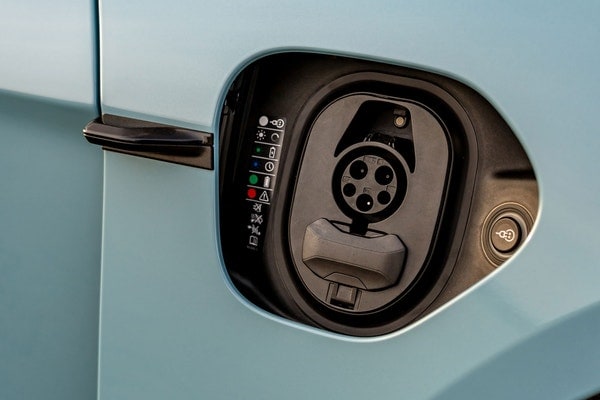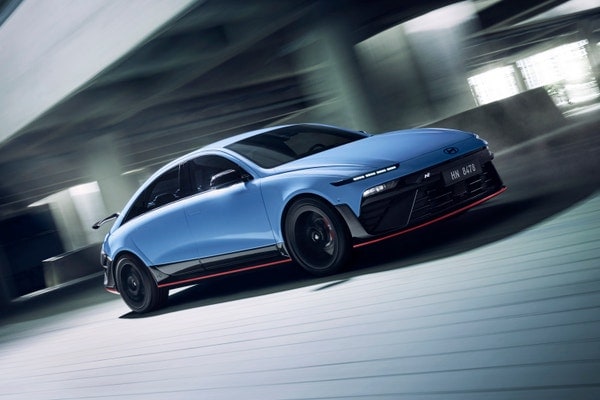The Hyundai Tucson is one of Edmunds' favorite small crossovers. A variety of powertrains — including two hybrid options — lots of available tech and comfort features, and a solid warranty are among the Tucson's highlights. The Tucson is Hyundai's best-selling model, slotting right in the center of its SUV lineup. The Tucson was refreshed for 2025 with updated exterior styling, new in-car tech with a larger touchscreen, and more standard content. Since it was just updated for 2025, we don't expect any major changes for the 2026 model. But Hyundai usually tweaks its trim lineups and feature packaging every year, so there will likely be minor differences year over year.
Edmunds spotlight: Pick your powertrain
While there's no fully electric Tucson, Hyundai offers three powertrains: a gas engine, a hybrid powertrain and a plug-in hybrid. It's one of very few vehicles in this segment to offer such a variety. Fuel economy ratings are solid across the board, with EPA combined city/highway estimates ranging from 26 mpg for the standard gas engine to 38 mpg for the efficiency-focused Tucson Hybrid Blue model. Of the three, the hybrid is our favorite. It costs a little more than the standard engine, but the huge increase in fuel economy — and, surprisingly, much quicker acceleration — make the Tucson hybrid the one to get.
Competitors to consider
The Tucson competes in one of the most packed and competitive segments on the market, with just about every automaker offering a small crossover SUV. The Mazda CX-50 is a sporty and slightly more premium alternative to the Tucson, while the Honda CR-V excels when it comes to storage and space efficiency. Both offer hybrid powertrains, with a potent turbocharged four-cylinder available for the Mazda. The Kia Sportage is slightly smaller than the Hyundai, but it's a bit more affordable and offers similar powertrains, including two hybrid variants.






